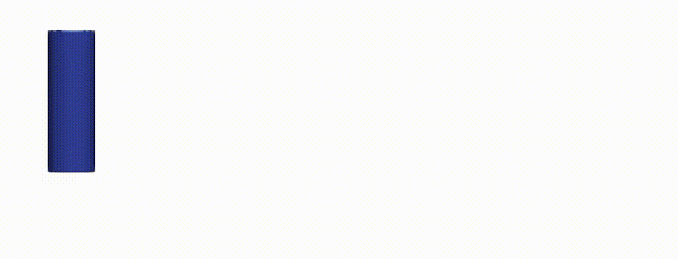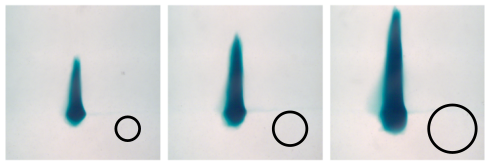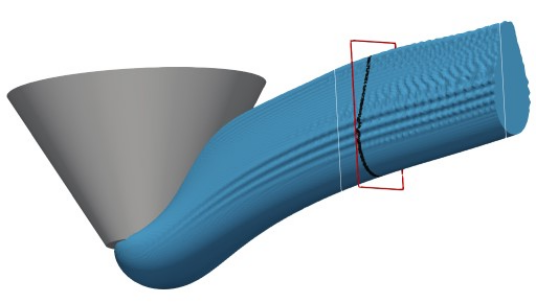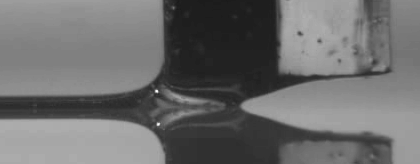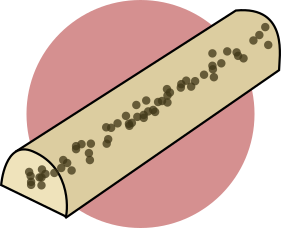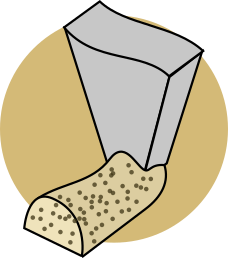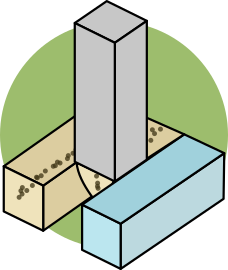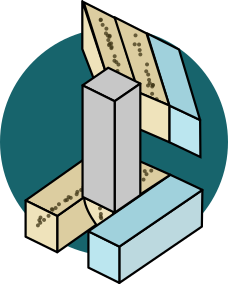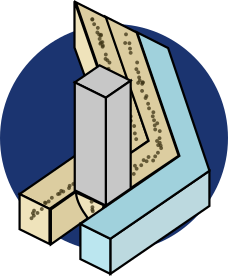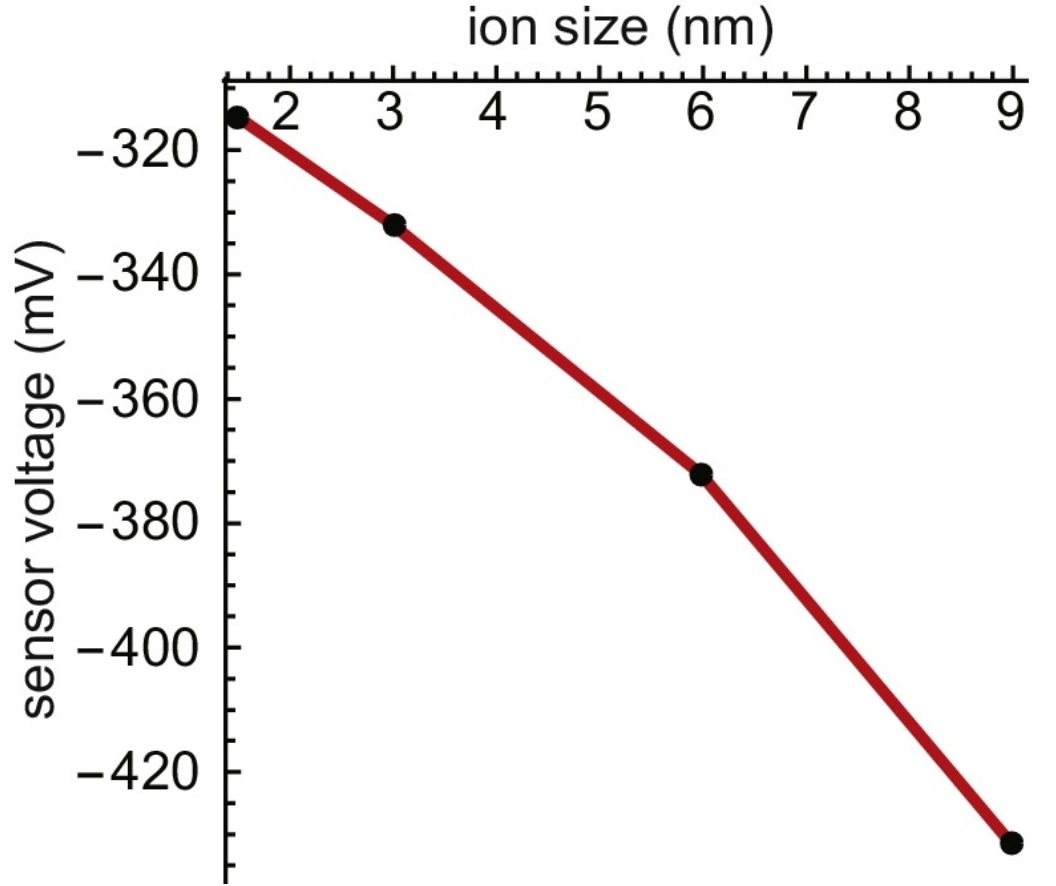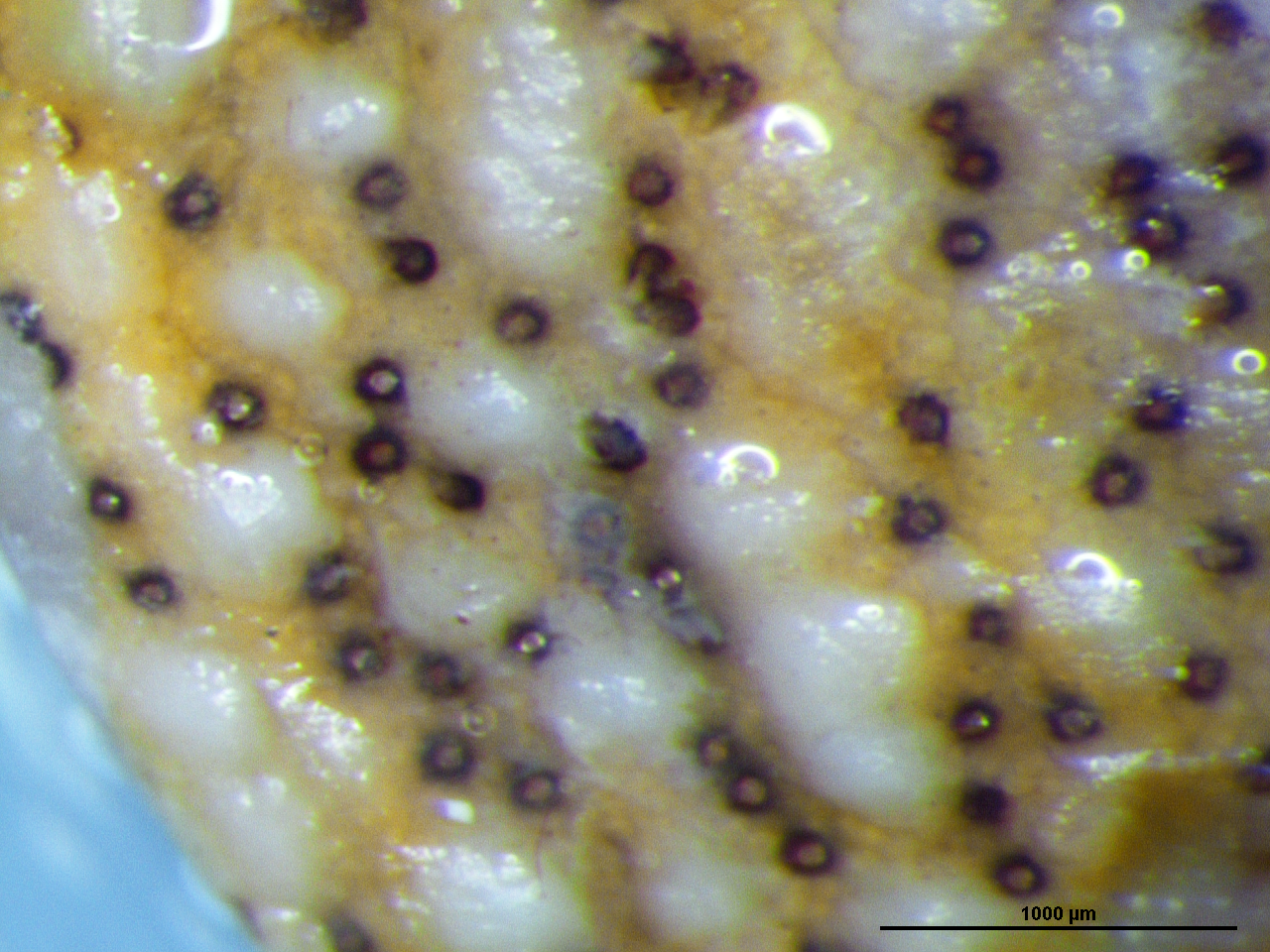How can we achieve high-quality prints in embedded 3D printing?
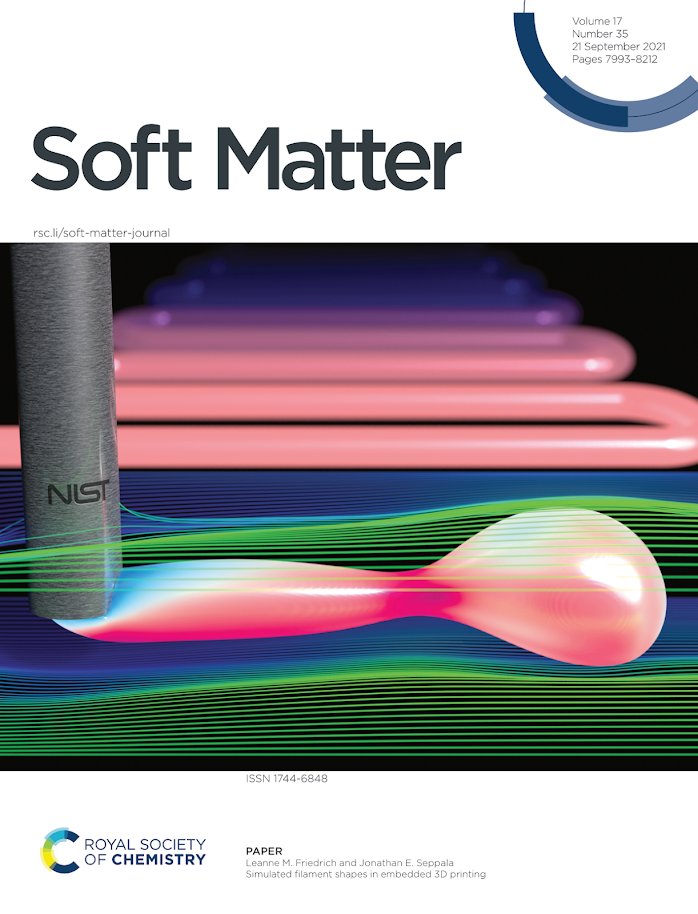
In order to 3D print organs and tissues, we need a way to print soft, squishy materials. Conventional polymer 3D printing techniques require inks to have certain rheological behaviors, where they behave like solids when sitting still and liquids when flowing. Embedded 3D printing lets us print low-viscosity, soft materials with a wide range of rheological properties. Instead of printing onto a flat plate, we submerge the print nozzle into a bath of support material, which holds the printed part in place until it is cured. However, this new technique introduces new defects. Where conventional direct ink writing produces filaments that are short and wide, embedded 3D printing often makes filaments that are tall and narrow. Roughness, rupture, contraction, swelling, poor adhesion between lines, and disruption of printed structures can all lead to poor quality prints. Using experiments and simulations, we identify why defects appear, so we can produce more reliable, higher quality prints.


